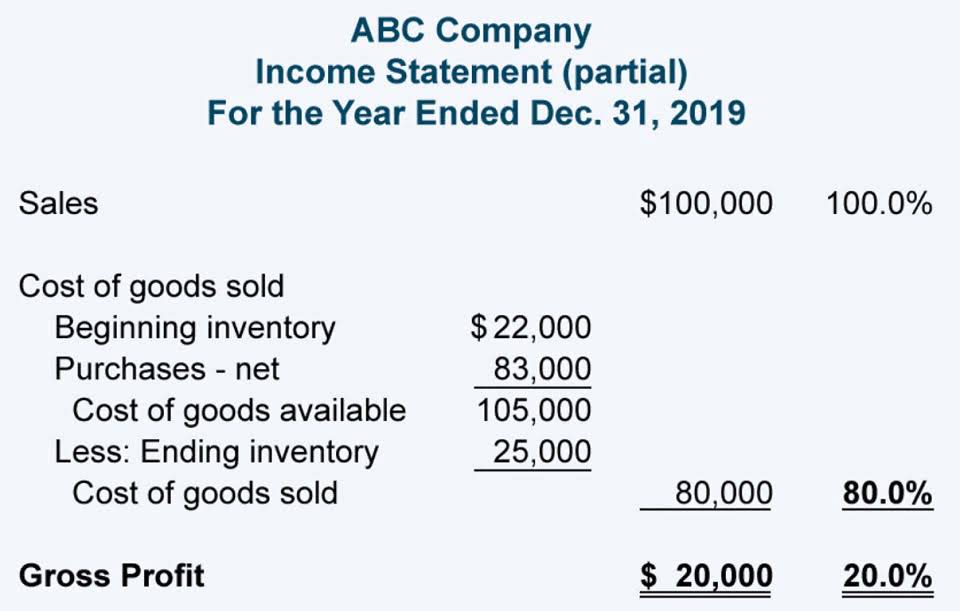Content

Net profit is another one of the most important retail metrics—at the end of the day, it’s the money that’s left in your pocket. That’s why it’s also known as the bottom line, as it’s usually shown at the bottom of a financial report. Gross profit is the total amount of money that’s left over after you subtract all of those expenses from your net sales. Sales allowances are price reductions given to customers for issues where a full refund isn’t necessary. This is the total amount of revenue your company has brought in from sales, before any deductions. In this article, we’ll look at what net sales is, how to calculate it, and why it’s important.
You as a seller have to provide such grants on account of the inferior quality, or wrong goods sent to the customers. For example, if the gap between the gross sales and net sales is decreasing, that means the rate of deductions is also decreasing. Analyzing gross and net sales helps guide your decision-making process. It gives you real insight into your sales performance, which helps you make informed and strategic decisions. Sales returns allow customers to return an item for a full or partial refund within a certain number of days. Square Invoices is a free, all-in-one invoicing software that helps businesses request, track and manage their invoices, estimates and payments from one place.
What do you mean by net sales?
The gross sales figure is the total income your business earned during a set time period. It includes all your cash, credit card, debit card and trade credit sales before you deduct the sales discounts and the amounts for merchandise returns and allowances. If you use the cash accounting https://simple-accounting.org/bookkeeper360-app-xero-integration-reviews/ method, your gross sales only include the sales for which you have received payment. If you use the accrual accounting method, your gross sales includes all of your cash and credit sales. Your company’s sales represent amounts you are paid for selling a product or service.
Returns refers to the monetary value of all returned items, and allowances equals the total value of the discounts offered for the gross sales. This accounting item is used to calculate various other financial analysis items like days sales outstanding and accounts receivable turnover ratio. Besides this, net credit sales also indicate the amount of credit you offer to your customers. Net sales minus the cost of goods sold is the gross margin of your business.
Start tracking your metrics
The net sales formula can provide your business a much more accurate insight into its actual revenue, giving you a far clearer picture of your overall financial health. After all, if you don’t have a robust understanding of the costs that your business incurs when making sales, it’s difficult to determine whether you’re succeeding. Analyzing your company’s net sales formula can help you make more informed decisions. For example, if your net sales ended up being lower than you budgeted for, you may need to consider lowering your prices to attract more customers.

If your production costs are too high, you can adjust your pricing, cut down on expenses, or find a new supplier. Finding the right price for your products is one of the most important tasks you have as an entrepreneur. Just like in the story of “Goldilock and the Three Bears,” you need to find the right price that is neither too high nor too low. A higher COGS means that the company does not have to pay as much in taxes, but also means that the company is making less money.
Net Sales Vs. Operating Margin
Gross revenue is often used to determine your ability to generate sales from your core business and see if you have a product-market fit. Higher gross revenue signals that consumers are interested in and willing to buy your product (or service). Remember, gross margin is an important figure that investors and other What is the Difference Between Bookkeeping and Accounting stakeholders keep a track of. This is because gross margin indicates the part of each dollar of revenue that your business retains as gross profit. As a seller, you may offer discounts to your customers in cases where you invoice them. Different businesses work on different discount terms with their customers.

